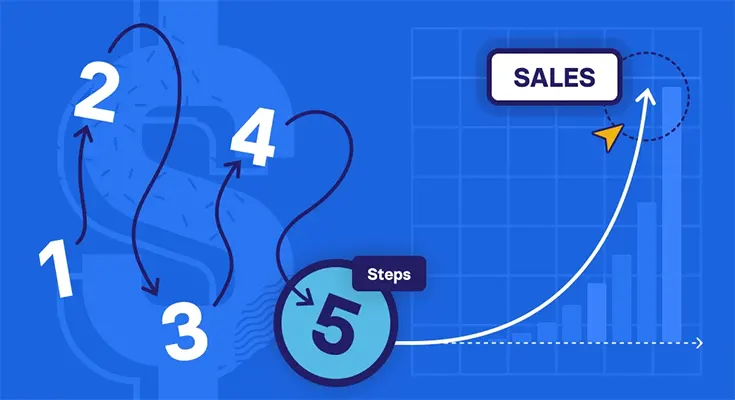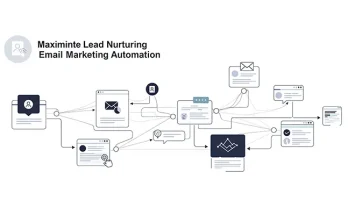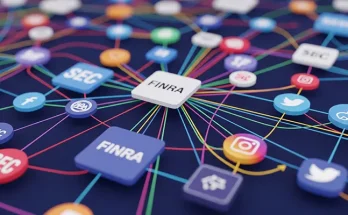In the ever-evolving landscape of online lending, developing a well-structured marketing funnel is crucial to attracting, engaging, and converting prospective borrowers. As digital platforms continue to reshape the lending industry, understanding the customer journey and implementing a strategic marketing funnel can be the driving force behind acquiring and retaining customers. In this article, we explore the essential steps in developing a marketing funnel specifically tailored for online lending platforms.
1. Awareness Stage: Attracting Prospective Borrowers
The first step in developing a marketing funnel for online lending platforms is creating awareness and attracting prospective borrowers. Utilizing various digital channels such as search engine optimization (SEO), content marketing, social media, and online advertising, lenders can raise awareness about their offerings. Implementing targeted keyword strategies and informative content can help position the lending platform in front of individuals who are actively seeking financial solutions.
2. Consideration Stage: Engaging and Educating Prospects
Once prospective borrowers are aware of the lending platform, the next stage involves engaging and educating them about the benefits and features of the lending products. Content marketing plays a pivotal role in this stage, as it provides an opportunity to showcase the platform’s expertise and offerings. Educational blog posts, videos, webinars, and interactive tools can help address common queries, provide valuable insights, and convey the unique value proposition of the lending platform.
3. Conversion Stage: Facilitating the Application Process
As prospects move towards considering a specific lending product, the focus shifts to facilitating a smooth and efficient application process. Streamlining the user experience and providing clear calls-to-action on the website can encourage visitors to take the next step. Additionally, integrating user-friendly application forms and providing personalized support through chatbots or customer service representatives can enhance the conversion process and drive applicants towards completing their loans.
4. Retention Stage: Building Long-Term Relationships
Beyond acquiring new borrowers, the marketing funnel also plays a vital role in retaining and nurturing existing customers. Implementing post-conversion marketing strategies such as personalized email communications, loyalty programs, and educational resources can help build long-term relationships with borrowers. By providing ongoing value and support, lending platforms can create a loyal customer base and encourage repeat business and referrals.
5. Measurement and Optimization: Evaluating Funnel Performance
A critical aspect of developing a marketing funnel for online lending platforms is the continuous measurement and optimization of the funnel’s performance. Utilizing key performance indicators (KPIs) such as conversion rates, cost per acquisition, and customer lifetime value can provide insights into the effectiveness of the funnel. Leveraging digital analytics tools and customer feedback can help identify areas for improvement and refine the funnel to better align with the needs and preferences of prospective borrowers.
Navigating the Customer Journey
In the dynamic landscape of online lending, the development of a strategic marketing funnel is instrumental in guiding prospective borrowers through the customer journey – from awareness to application and beyond. By leveraging digital channels, engaging content, streamlined conversion processes, and customer-centric retention strategies, online lending platforms can create a well-defined funnel that not only attracts and converts borrowers but also fosters lasting relationships. As the lending industry continues to evolve, a well-structured marketing funnel tailored to the unique needs of online lending platforms is an essential tool for navigating the complex customer journey and driving sustainable growth and success.





